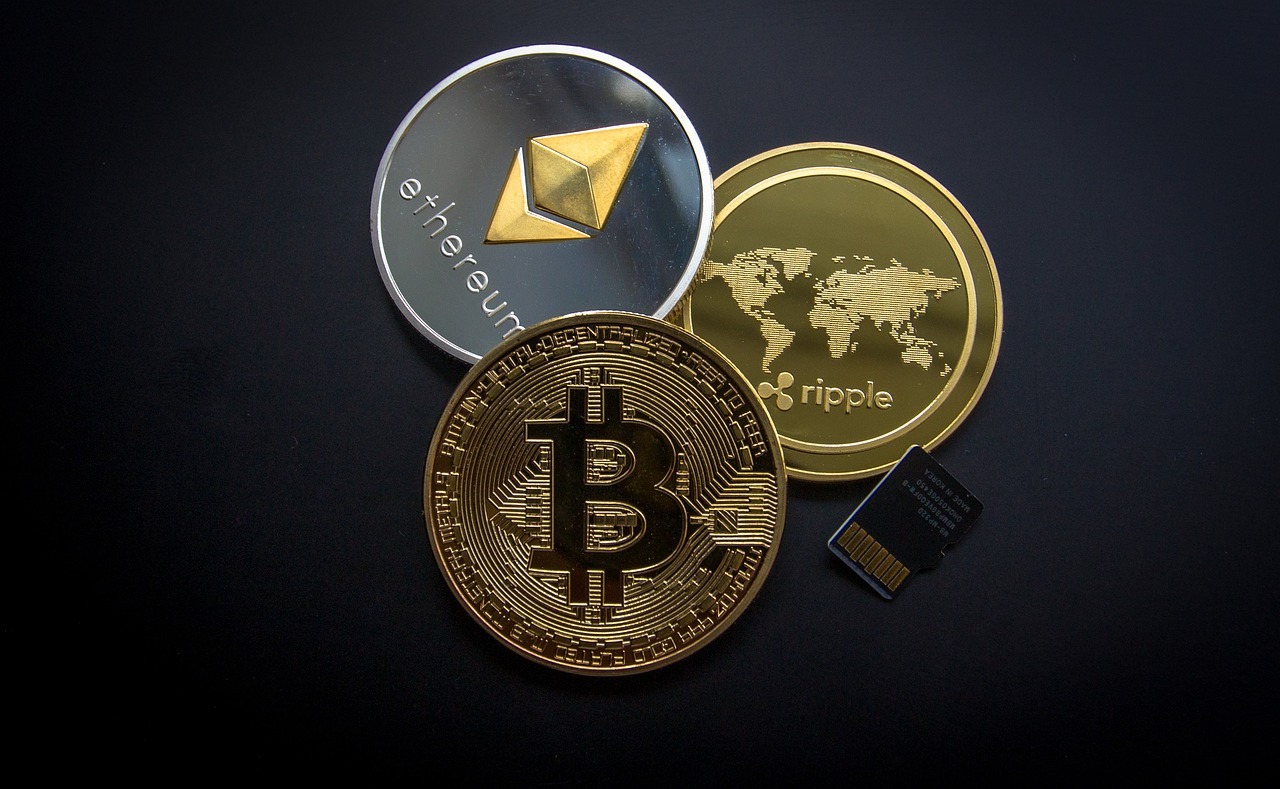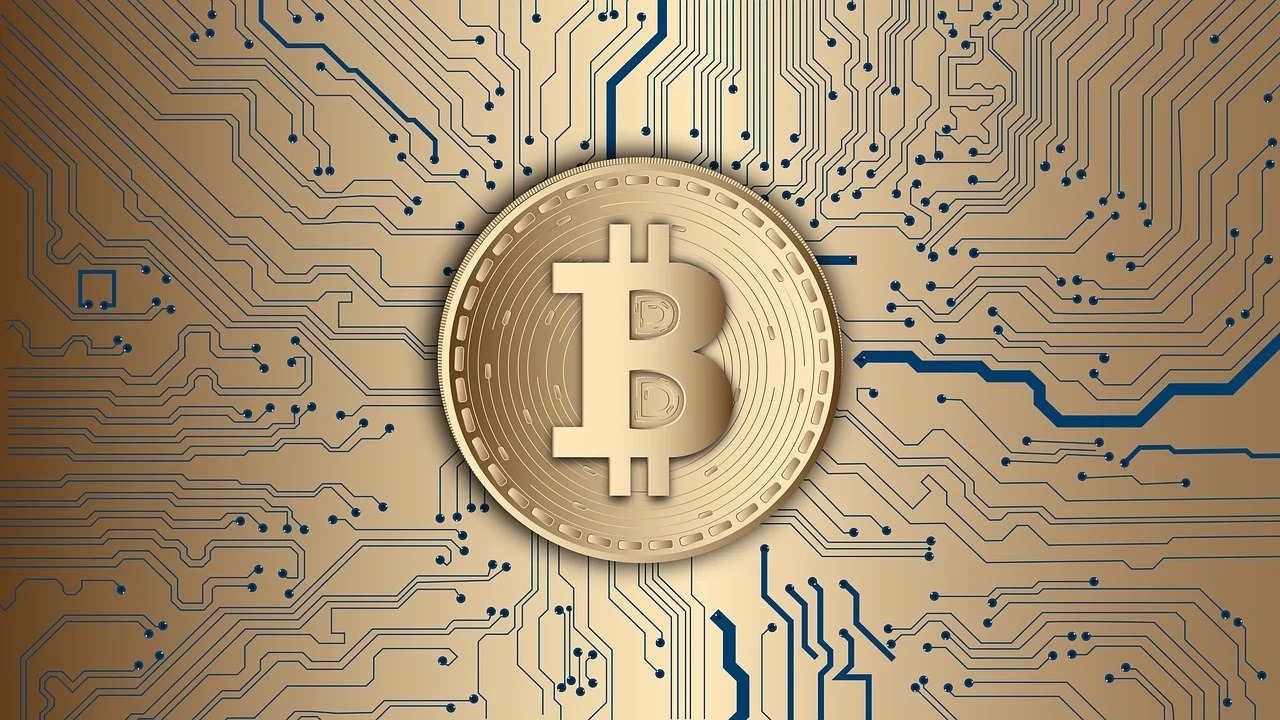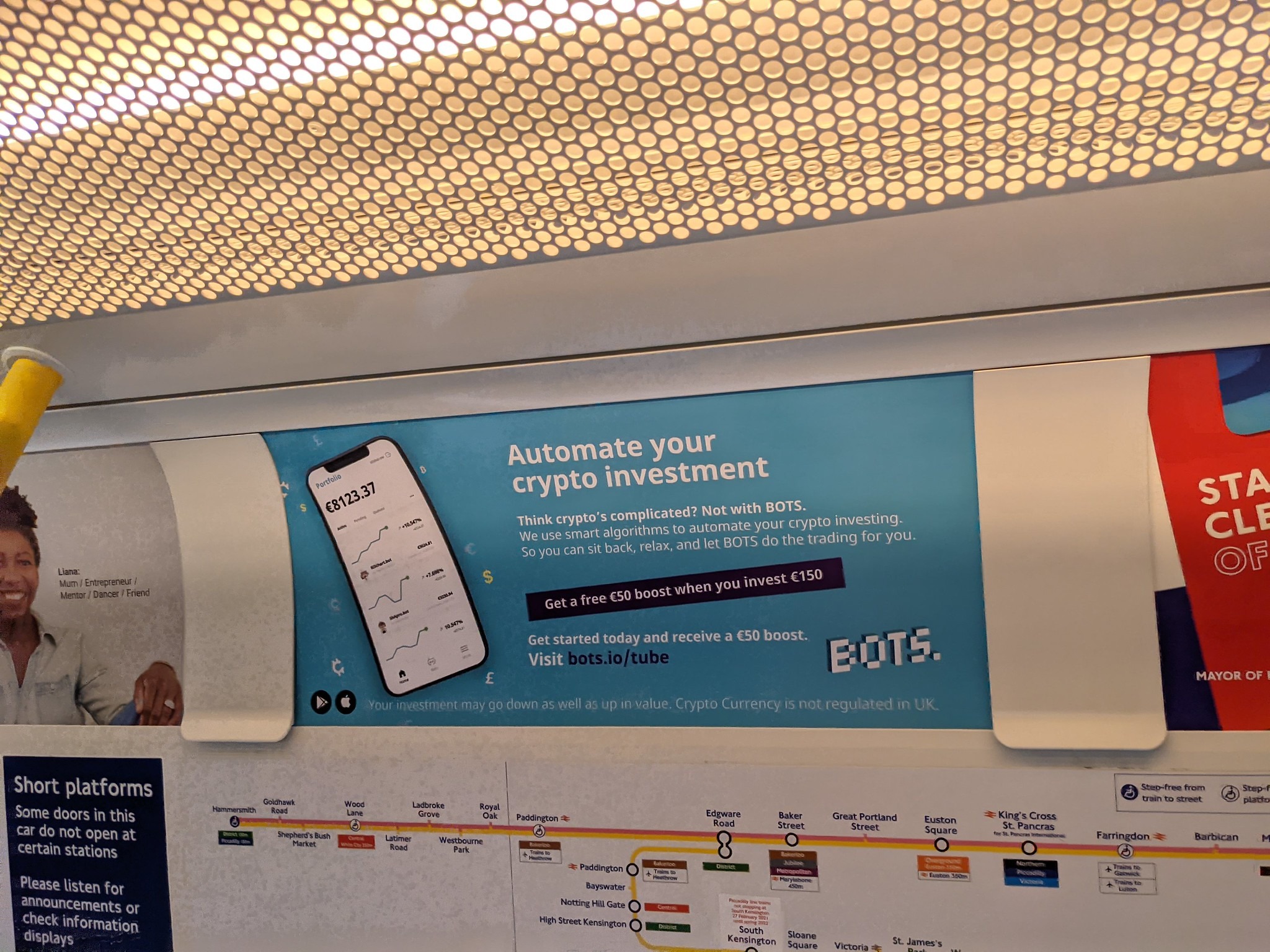Central banks across the world have started exploring Central Bank Digital Currency (“CBDC”). In a recent survey by the Bank of International Settlements[1], 80% of the 66 banks surveyed were engaged in research and pilot projects related to CBDC, including Canada,[2] USA[3] and Singapore[4]. In fact, as of May, 2020 China has started testing its digital Yuan (Digital Currency Electronic Payment)[5] in four of its states as a part of its attempts to achieve tech-supremacy. Before we dive any deeper, let’s first understand what a CBDC is.
What is CBDC? What are its types?
A CBDC is a digital payment token or cryptocurrency issued by the central bank of a country.[6] The Bank of England’s discussion paper titled “Central Bank Digital Currency: Opportunities, Challenges and Design”[7] describes CBDC as an electronic form of central bank money that can be used by households and businesses to make payments and store value.
There exist two kinds of CBDCs: retail and wholesale.[8] Wholesale CBDCs are meant for use by financial institutions that hold reserve deposits with the central bank.[9] Retail CBDCs on the other hand, are meant for use by individuals, households and corporations.[10] The objectives with which a CBDC is introduced will determine which kind of CBDC is adopted. If the objective is improving the wholesale settlement system and achieve efficiency in cross-border payments, then a wholesale CBDC would be the right choice.[11] The resulting CBDC would not be available to the general public and would not accrue interest.[12] This model is endorsed by the Bank for International Settlements, European Central Bank and generally by developed countries.[13] The retail model, conversely, is preferred by emerging economies including China, because of its ability to enhance financial inclusion and a shift to a cashless society. This kind of CBDC would be available to the general public, would be anonymous and could possibly accrue interest.[14]
Is DLT necessary for CBDCs?
No. While the technology that is often associated with the use of CBDCs is the distributed ledger technology (“DLT”),[15] CBDCs may exist without DLT as well. CBDC can essentially be any non-physical digital token issued by the central bank to substitute cash.[16] Thus, the central bank could rely upon any existing technology to issue e-money, without relying on DLT. Some countries, such as Sweden even believe that DLT in its present form may be immature for supporting CBDCs.[17] US on the other hand, considers DLT as intrinsically linked to their champion model for issuing a tokenized digital dollar.[18] The reason why a DLT infrastructure is generally preferred by countries[19] is because of the advantages it can offer in terms of efficiency, cost, security, non-repudiability, and traceability.[20]
Popular cryptocurrencies such as Bitcoin and Ethereum are decentralized and are based on a public permissionless blockchain network. In such a blockchain network, there is no central authority that approves the transactions and anyone can join as a validator.[21] In contrast to traditional decentralized cryptocurrencies, a CBDC is likely to be introduced on a permissioned blockchain network, which means that the central bank will likely appoint specific authorities (which would function as nodes) to approve the transactions to be recorded on the blockchain network. This will enable the relevant central bank to exercise control over the money supply.[22]
What are a CBDC’s benefits?
Proponents of CBDCs believe that a well-designed framework can help attain financial stability, financial inclusion and easy cross-border payments.[23] CBDCs can help enhance financial stability by providing a resilient and secure payment system. The use of cash has seen significant decline, especially in countries like Sweden[24] where cash has almost disappeared from circulation. In the absence of cash, CBDC modeled on DLT, provides a resilient alternative to consumers because it is less susceptible to attacks, tampering and technological disruptions.[25] A CBDC is also a less risky and stable alternative to crypto-assets such as Bitcoin and other stablecoins.
CBDCs are essentially programmable money.[26] This feature enables certain transactions to be programmed into the CBDC (this may even leverage smart contracts), such as the automatic payment of dividends to shareholders.[27] However, the trade-off associated with enabling programmable money on the ledger is the significant slowdown of transactions.[28] Central banks are likely to address this by developing an additional module, separate to the core ledger to deal with smart contracts.[29]
CBDCs also promote financial inclusivity, especially in developing countries with low banking penetration.[30] According to the World Bank,[31] about 1.7 billion people in these countries are unbanked, and thus excluded from the conventional banking system. CBDCs are likely to allow the public access to government backed payment systems even in the absence of bank accounts, simply with a mobile phone and an internet connection.[32]
CBDCs will also ease cross-border payments. Presently, cross-border payments are opaque, costly, and subject to long delays. CBDC will not only enable the digitization of money but also the digitization of identity.[33] This would allow the central banks of the two countries to work together by relying on a shared set of data standards and digital identity infrastructure, making cross-border payments seamless and instant. This would also help in complying with the anti-money laundering (“AML”) regime by making transactions traceable.[34]
Feasibility and operational debates surrounding CBDCs
CBDCs have complex technological, design, policy and economic issues associated with it, raising some hurdles in its implementation.
CBDCs are likely to detrimentally impact a country’s banking sector. This is also called ‘disintermediation’.[35] This would occur as a result of many consumers shifting their deposits from the bank to CBDCs[36] which may put commercial banks under severe stress. To remain competitive, the banks would have to charge a higher rate of interest on deposits or rely on wholesale and overseas funding, which in turn could impact the cost of the credit provided by the banks.[37] Policymakers should, therefore, approach the design issues surrounding CBDC cautiously to mitigate the adverse effects of disintermediation on the banking system and financial stability.
Further, privacy will be a concern. Cash payments afford citizens some anonymity and privacy, which CBDCs may not be able to provide. CBDCs will need to comply with the AML regime, so it cannot be completely anonymous,[38] but the digital nature of CBDC makes it an easy target for government surveillance[39]. This is likely to be a violation of the right to privacy and the right to be forgotten as well. Moreover, this may enable the government to track and suppress political dissent[40].
CBDC ecosystems will be a honey pot for cyber-attacks, including fraud and malware attacks and hacking.[41] It could particularly be attractive to those who intend to disrupt the economy by attacking payment systems.[42] Ensuring high standards of cybersecurity is therefore essential for any country dealing with CBDC. This could, however, create a trade-off between user security and the user-friendly nature of the payment mechanism, by adding certain elements of friction to the user experience.[43]
Does India need a digital Rupee?
The Reserve Bank of India (“RBI”) has been averse to cryptocurrencies, going to the extent of imposing a ban on virtual currencies in 2018.[44] Yet, it seems to be comfortable with the idea of digital Rupee. In its vision document[45] released earlier in 2019, the RBI recognized the potential DLT has in improving the financial system, although it did not specifically talk about CBDC. Recently, RBI came out with a circular titled “Distributed Ledger Technology, Blockchain and Central Banks.”[46] In this circular, the RBI discussed the CBDC projects adopted by various countries and briefly explored its possibility in the Indian context.[47]
A digital Rupee will help the RBI achieve financial inclusion, shift to a resilient and cashless society, and reduce the cost of printing and handling cash.[48] Currently, there is a wide disconnect between the number of bank accounts and the number of mobile phone connections, with there being 1.2 billion mobile phone connections but only 582 million bank accounts.[49] CBDC could possibly help bridge this disconnect as users would only require internet connection and a mobile phone and not a bank account.
With a crypto rupee, the central bank would be able to control cash supply more efficiently, and track it in perpetuity on a blockchain network.[50] Further, it may make a dent on India’s large shadow economy.[51] This, of course, is in addition to the sector-specific benefits it can offer in terms of payments, remittances and credit.[52]
Even from a geopolitical perspective, India needs to start exploring digital currencies with haste. Currently, China is winning the CBDC race having already started testing its digital currency. China’s central bank (People’s Bank of China) published its white paper on DCEP soon after Facebook’s plan of launching Libra[53] was revealed. With DCEP, China aims to develop an alternative to US Dollar as a reserve currency,[54] retain monetary sovereignty and counter the possible growth of Libra.[55] India too should jump on the bandwagon so as to not be left far behind. While it is high time India starts experimenting with a digital Rupee, policymakers must also examine disintermediation and privacy issues in detail.
This post was authored by Ratul Roshan, Associate, and Muskaan Wadhwa, fourth year Intern from Christ University, Bangalore during her internship at Ikigai Law, with inputs from Anirudh Rastogi, Founder and Managing Partner of Ikigai Law.
For more on the topic, please feel free to reach out to us at contact@ikigailaw.com.
[1] Impending arrival – a sequel to the survey on central bank digital currency, BIS Papers No 107 available at https://www.bis.org/publ/bppdf/bispap107.pdf.
[2] Bank of Canada, Contingency Planning for a Central Bank Digital Currency, dated 25 February 2018, available at https://www.bankofcanada.ca/research/digital-currencies-and-fintech/projects/.
[3] Digital Dollar Foundation, The Digital Dollar Project: Exploring a US CBDC, dated May 2020, available at https://static1.squarespace.com/static/5e16627eb901b656f2c174ca/t/5ecfc542da96fb2d2d5b5f15/1590674759958/Digital-Dollar-Project-Whitepaper_vF.pdf.
[4] Monetary Authority of Singapore, Project Ubin: SGD on Distributed Ledger, available at https://www.mas.gov.sg/-/media/MAS/ProjectUbin/Project-Ubin–SGD-on-Distributed-Ledger.pdf.
[5] See https://www.allcryptowhitepapers.com/dcep-whitepaper/
[6] PricewaterhouseCoopers, The Rise of Central Bank Digital Currency, dated November 2019, available at https://www.pwc.com/gx/en/financial-services/pdf/the-rise-of-central-bank-digital-currencies.pdf.
[7] Bank of England, Central Bank Digital Currency: Opportunities, Challenges and Design, dated March 2020, available at https://www.bankofengland.co.uk/-/media/boe/files/paper/2020/central-bank-digital-currency-opportunities-challenges-and-design.pdf.
[8] Bank for International Settlements, Central Bank Digital Currency, dated March 2018, available at https://www.bis.org/cpmi/publ/d174.pdf.
[9] Carlo Meijer, Towards a Central Bank Digital Currency: Retail versus Wholesale, dated 26 July 2019, Finextra, available at https://www.finextra.com/blogposting/17556/towards-a-central-bank-digital-currency-retail-versus-wholesale.
[10] Ajit Tripathi, 4 Reasons Central Banks Should Launch Retail Digital Currencies, dated 21 March 2020, Coindesk, available at https://www.coindesk.com/4-reasons-central-banks-should-launch-retail-digital-currencies.
[11] Santiago Fernández de Lis and Javier Sebastián, Central Bank Digital Currencies and Distributed Ledger Technology, dated 5 November 2019, available at https://s2.aebanca.es/wp-content/uploads/2019/10/banking-lab-dlt-based-cbdcs.pdf.
[12] Santiago Fernández de Lis and Javier Sebastián, Central Bank Digital Currencies and Distributed Ledger Technology, dated 5 November 2019, available at https://s2.aebanca.es/wp-content/uploads/2019/10/banking-lab-dlt-based-cbdcs.pdf.
[13] Bank for International Settlements, Vitas Vasiliauskas: Central bank digital currencies, dated 27 May 2019, available at https://www.bis.org/review/r190527b.pdf.
[14] Carlo Meijer, Towards a Central Bank Digital Currency: Retail versus Wholesale, dated 26 July 2019, Finextra, available at https://www.finextra.com/blogposting/17556/towards-a-central-bank-digital-currency-retail-versus-wholesale.
[15] See for an elaborate explanation of DLT: https://m.rbi.org.in/Scripts/BS_ViewBulletin.aspx?Id=18766.
[16] Santiago Fernández de Lis and Javier Sebastián, Central Bank Digital Currencies and Distributed Ledger Technology, dated 5 November 2019, available at https://s2.aebanca.es/wp-content/uploads/2019/10/banking-lab-dlt-based-cbdcs.pdf.
[17] Reserve Bank of India, Distributed Ledger Technology, Blockchain and Central Banks, dated 11 February 2020, available at https://m.rbi.org.in/Scripts/BS_ViewBulletin.aspx?Id=18766.
[18] Digital Dollar Foundation, The Digital Dollar Project: Exploring a US CBDC, dated May 2020, available at https://static1.squarespace.com/static/5e16627eb901b656f2c174ca/t/5ecfc542da96fb2d2d5b5f15/1590674759958/Digital-Dollar-Project-Whitepaper_vF.pdf.
[19] 71% of the central banks prefer the use of DLT infrastructure to support CBDC https://www.ledgerinsights.com/central-banks-prefer-token-based-digital-currency-dlt/
[20] Santiago Fernández de Lis and Javier Sebastián, Central Bank Digital Currencies and Distributed Ledger Technology, dated 5 November 2019, available at https://s2.aebanca.es/wp-content/uploads/2019/10/banking-lab-dlt-based-cbdcs.pdf.
[21] Toshendra Kumar Sharma, Permissioned and Permissionless Blockchains: A Comprehensive Guide, dated 13 November 2019, Blockchain Council, available at https://www.blockchain-council.org/blockchain/permissioned-and-permissionless-blockchains-a-comprehensive-guide/
[22] PricewaterhouseCoopers, The Rise of Central Bank Digital Currency, dated November 2019, available at https://www.pwc.com/gx/en/financial-services/pdf/the-rise-of-central-bank-digital-currencies.pdf.
[23] Ajit Tripathi, 4 Reasons Central Banks Should Launch Retail Digital Currencies, dated 21 March 2020, Coindesk, available at https://www.coindesk.com/4-reasons-central-banks-should-launch-retail-digital-currencies.
[24] See https://www.riksbank.se/en-gb/payments–cash/e-krona/.
[25] Bank of England, Central Bank Digital Currency: Opportunities, Challenges and Design, dated March 2020, available at https://www.bankofengland.co.uk/-/media/boe/files/paper/2020/central-bank-digital-currency-opportunities-challenges-and-design.pdf.
[26] PricewaterhouseCoopers, The Rise of Central Bank Digital Currency, dated November 2019, available at https://www.pwc.com/gx/en/financial-services/pdf/the-rise-of-central-bank-digital-currencies.pdf.
[27] Bank of England, Central Bank Digital Currency: Opportunities, Challenges and Design, dated March 2020, available at https://www.bankofengland.co.uk/-/media/boe/files/paper/2020/central-bank-digital-currency-opportunities-challenges-and-design.pdf.
[28] Bank of England, Central Bank Digital Currency: Opportunities, Challenges and Design, dated March 2020, available at https://www.bankofengland.co.uk/-/media/boe/files/paper/2020/central-bank-digital-currency-opportunities-challenges-and-design.pdf.
[29] Bank of England, Central Bank Digital Currency: Opportunities, Challenges and Design, dated March 2020, available at https://www.bankofengland.co.uk/-/media/boe/files/paper/2020/central-bank-digital-currency-opportunities-challenges-and-design.pdf.
[30] Institute and Faculty of Actuaries, Understanding Central Bank Digital Currency, dated March 2019, available at https://www.actuaries.org.uk/system/files/field/document/Understanding%20CBDCs%20Final%20-%20disc.pdf.
[31] World Bank, The Global Findex Database 2017: Measuring Financial Inclusion and the Fintech Revolution, dated 19 April 2018, available at http://documents.worldbank.org/curated/en/332881525873182837/The-Global-Findex-Database-2017-Measuring-Financial-Inclusion-and-the-Fintech-Revolution.
[32] Tobias Adrian and Tommaso Mancini-Griffoli, Central Bank Digital Currency: 4 Questions and Answers, dated 12 December 2019, IMFBlog, available at https://blogs.imf.org/2019/12/12/central-bank-digital-currencies-4-questions-and-answers/.
[33] Ajit Tripathi, 4 Reasons Central Banks Should Launch Retail Digital Currencies, dated 21 March 2020, Coindesk, available at https://www.coindesk.com/4-reasons-central-banks-should-launch-retail-digital-currencies.
[34] Institute and Faculty of Actuaries, Understanding Central Bank Digital Currency, dated March 2019, available at https://www.actuaries.org.uk/system/files/field/document/Understanding%20CBDCs%20Final%20-%20disc.pdf.
[35] Bank of England, Central Bank Digital Currency: Opportunities, Challenges and Design, dated March 2020, available at https://www.bankofengland.co.uk/-/media/boe/files/paper/2020/central-bank-digital-currency-opportunities-challenges-and-design.pdf.
[36]Olav Gunnarson, Jevne Brokke and Nils-Erik Engen, Central Bank Digital Currency: An Explorative Study on its Impact and Implications for Monetary Policy and the Banking Sector, dated 2019, Norwegian School of Economics available at https://openaccess.nhh.no/nhh-xmlui/bitstream/handle/11250/2646955/masterthesis.pdf?sequence=1&isAllowed=y.
[37] Olav Gunnarson, Jevne Brokke and Nils-Erik Engen, Central Bank Digital Currency: An Explorative Study on its Impact and Implications for Monetary Policy and the Banking Sector, dated 2019, Norwegian School of Economics available at https://openaccess.nhh.no/nhh-xmlui/bitstream/handle/11250/2646955/masterthesis.pdf?sequence=1&isAllowed=y.
[38] Institute and Faculty of Actuaries, Understanding Central Bank Digital Currency, dated March 2019, available at https://www.actuaries.org.uk/system/files/field/document/Understanding%20CBDCs%20Final%20-%20disc.pdf.
[39] Vince Tabora, Two Sides to Central Bank Digital Currency, Medium, available at https://medium.com/datadriveninvestor/two-sides-to-central-bank-digital-currency-cbdc-38035036c013
[40] Vince Tabora, Two Sides to Central Bank Digital Currency, Medium, available at https://medium.com/datadriveninvestor/two-sides-to-central-bank-digital-currency-cbdc-38035036c013
[41] Olav Gunnarson Jevne Brokke and Nils-Erik Engen, Central Bank Digital Currency: An Explorative Study on its Impact and Implications for Monetary Policy and the Banking Sector, dated 2019, Norwegian School of Economics available at https://openaccess.nhh.no/nhh-xmlui/bitstream/handle/11250/2646955/masterthesis.pdf?sequence=1&isAllowed=y.
[42] Bank of England, Central Bank Digital Currency: Opportunities, Challenges and Design, dated March 2020, available at https://www.bankofengland.co.uk/-/media/boe/files/paper/2020/central-bank-digital-currency-opportunities-challenges-and-design.pdf.
[43] Bank of England, Central Bank Digital Currency: Opportunities, Challenges and Design, dated March 2020, available at https://www.bankofengland.co.uk/-/media/boe/files/paper/2020/central-bank-digital-currency-opportunities-challenges-and-design.pdf.
[44] Reserve Bank of India, Prohibition on Dealing in Virtual Currencies, dated 6 April 2018, available at https://www.rbi.org.in/Scripts/NotificationUser.aspx?Id=11243.
[45] “Technology has been at the centre of payment systems innovation and development. Adoption of Distributed Ledger Technology (DLT) for financial services has been a subject of interest. Various views espouse that adoption of DLT can enhance the operations of payment systems by improving the quality of data and providing additional information for payment transaction, which help automated reconciliation and reversal with high degree of precision.” See Reserve Bank of India, Payment And Settlement Systems In India: Vision – 2019-2021, dated 15 May 2019, available at https://m.rbi.org.in/Scripts/PublicationVisionDocuments.aspx?Id=921.
[46] Reserve Bank of India, Distributed Ledger Technology, Blockchain and Central Banks, dated 11 February 2020, available at https://m.rbi.org.in/Scripts/BS_ViewBulletin.aspx?Id=18766.
[47] “Sensing the rising risks caused by speculative dealings in cryptocurrencies and to safeguard domestic depositors and financial institutions, the Reserve Bank in April 2018 prohibited its regulated entities from offering its services to companies dealing with cryptocurrencies or virtual currencies (VCs). However, the authorities have recognised the usefulness of blockchain and DLT. Against this backdrop, it is critical for institutions in India to understand the potential benefits and risks associated with DLT to reap the benefits of digital innovation.”
[48] Reserve Bank of India, Payment And Settlement Systems In India: Vision – 2019-2021, dated 15 May 2019, available at https://m.rbi.org.in/Scripts/PublicationVisionDocuments.aspx?Id=921.
[49]Indian Central Bank Digital Currency Proposed, dated 29 January 2019, Finextra, available at https://www.finextra.com/newsarticle/35187/indian-central-bank-digital-currency-proposed
[50] Ramani Ramachandran & Anirudh Rastogi, Cryptocurrencies have got a new life in India. Policymakers can grab it and flourish, or regret, dated 5 March 2020, Quartz India, available at https://qz.com/india/1813111/india-must-not-mess-up-with-bitcoin-other-cryptocurrencies-now/.
[51] Ramani Ramachandran & Anirudh Rastogi, Cryptocurrencies have got a new life in India. Policymakers can grab it and flourish, or regret, dated 5 March 2020, Quartz India, available at https://qz.com/india/1813111/india-must-not-mess-up-with-bitcoin-other-cryptocurrencies-now/.
[52] Ramani Ramachandran & Anirudh Rastogi, Cryptocurrencies have got a new life in India. Policymakers can grab it and flourish, or regret, dated 5 March 2020, Quartz India, available at https://qz.com/india/1813111/india-must-not-mess-up-with-bitcoin-other-cryptocurrencies-now/.
[53] Libra is a cryptocurrency built on a blockchain network governed by the Libra Association. It described in its white paper as a simple global digital currency and financial infrastructure intended to empower billions of people. See Rajarshi Mitra, What is Facebook Libra Cryptocurrency?, available at https://blockgeeks.com/guides/understanding-facebooks-cryptocurrency-libra/
[54] Ramani Ramachandran & Anirudh Rastogi, Cryptocurrencies have got a new life in India. Policymakers can grab it and flourish, or regret, dated 5 March 2020, Quartz India, available at https://qz.com/india/1813111/india-must-not-mess-up-with-bitcoin-other-cryptocurrencies-now/.
[55] Ramani Ramachandran & Anirudh Rastogi, Cryptocurrencies have got a new life in India. Policymakers can grab it and flourish, or regret, dated 5 March 2020, Quartz India, available at https://qz.com/india/1813111/india-must-not-mess-up-with-bitcoin-other-cryptocurrencies-now/.










